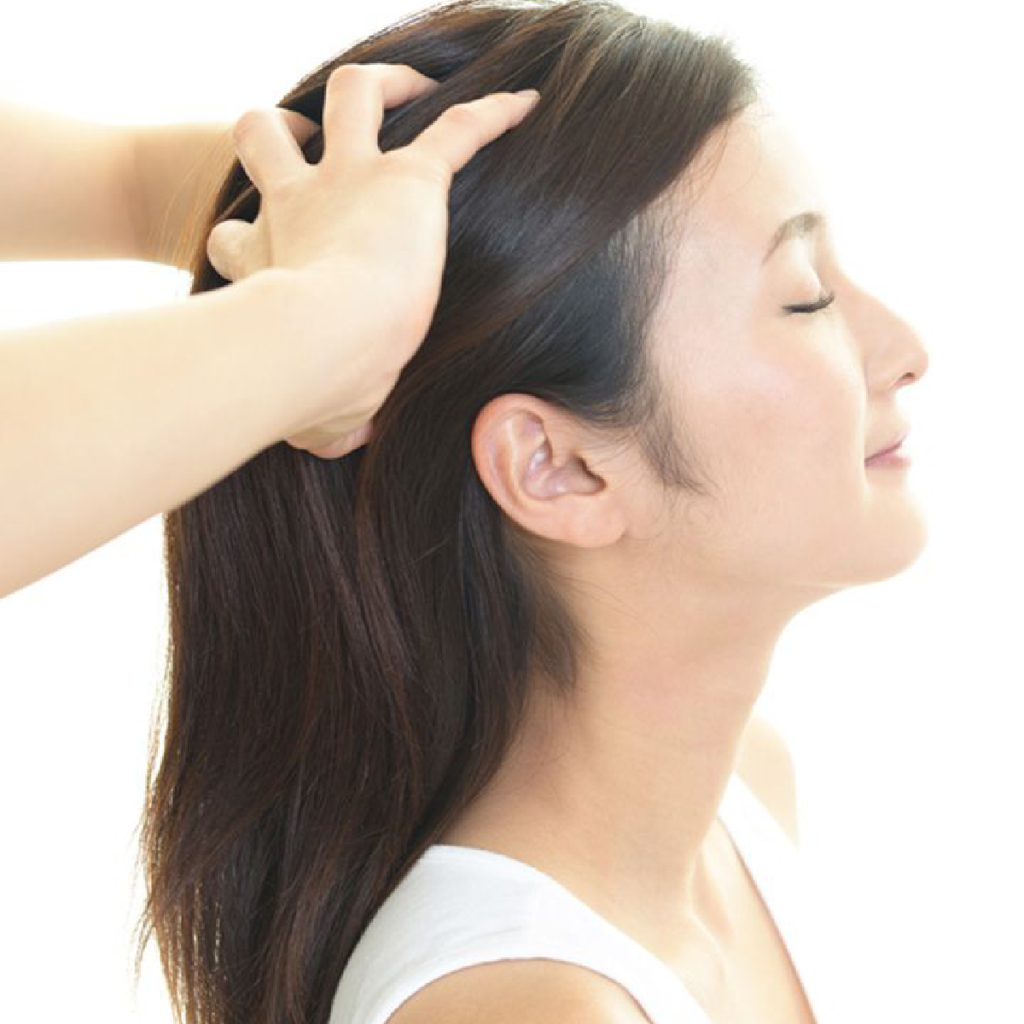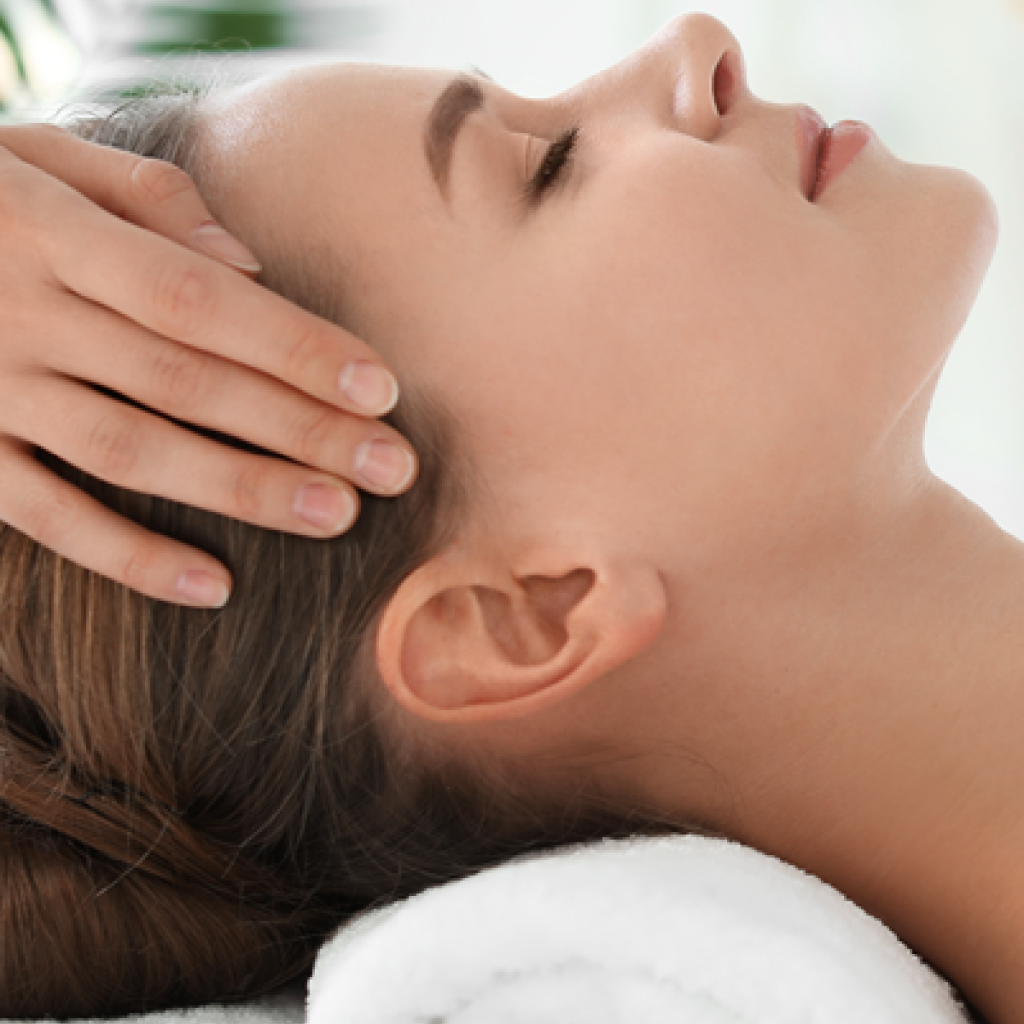Discover the key factors to consider when determining the ideal pressure and intensity for a scalp massage.
Determining the Right Pressure and Intensity for a Scalp Massage
Feeling stressed? Want to pamper yourself? Look no further than a soothing scalp massage! Not only does it feel amazing, but it also promotes hair health and relaxation. But here’s the thing – not all scalp massages are created equal. To get the most out of this blissful experience, you need to determine the right pressure and intensity. So, grab a comfy seat, and let’s dive into all things scalp massage!

Understanding the Importance of Scalp Massage
Before we get into the nitty-gritty of pressure and intensity, let’s take a moment to appreciate the importance of scalp massage. It’s not just a fancy spa treatment; it has genuine benefits for both your scalp and hair.
Scalp massage is a therapeutic technique that has been practiced for centuries in various cultures around the world. It involves applying pressure and manipulating the scalp with the fingertips, palms, or specialized tools. This gentle yet invigorating practice offers a multitude of benefits that go beyond relaxation.
Benefits of Regular Scalp Massage
A regular scalp massage can do wonders for your well-being. It increases blood flow to the scalp, which nourishes the hair follicles and promotes hair growth. The improved circulation delivers essential nutrients and oxygen to the hair roots, stimulating their activity and encouraging healthy hair growth.
But the benefits don’t stop there. Scalp massage also helps to relieve tension and reduce stress. Just think about how good it feels when someone massages your head after a long, tiring day. The gentle kneading and rhythmic movements not only relax the muscles in your scalp but also release endorphins, the body’s natural feel-good chemicals. This can help alleviate headaches, improve mood, and promote overall relaxation.
How Scalp Massage Contributes to Hair Health
Healthy hair starts at the roots – your scalp! By massaging your scalp, you stimulate the sebaceous glands, which produce natural oils that moisturize and protect your hair. These oils, known as sebum, act as a natural conditioner, keeping your hair soft, shiny, and manageable.
In addition to moisturizing your hair, sebum also acts as a protective barrier, preventing dryness, flakiness, and breakage. It helps to seal in moisture, keeping your strands hydrated and reducing the risk of split ends and brittleness. Regular scalp massage can help distribute the sebum evenly throughout your scalp, ensuring that your hair receives the nourishment it needs from root to tip.
Furthermore, scalp massage can help remove impurities and product buildup from your scalp. Just like your skin, your scalp can accumulate dirt, oil, and dead skin cells, which can clog the hair follicles and hinder hair growth. By massaging your scalp, you stimulate the lymphatic system, promoting the elimination of toxins and improving the overall health of your scalp.
So, if you want to achieve luscious, healthy hair, don’t underestimate the power of scalp massage. Incorporate this simple yet effective practice into your hair care routine, and you’ll reap the rewards of a revitalized scalp and gorgeous locks.
Anatomy of the Scalp
Now that we understand why scalp massage is essential, let’s get to know our scalps a little better. After all, it’s where all the magic happens!
But what exactly makes up the scalp? Well, the scalp is composed of five layers: the skin, connective tissue, aponeurosis, loose areolar tissue, and pericranium. Each layer plays a vital role in maintaining the health and function of our scalp.
The outermost layer, the skin, acts as a protective barrier against external factors such as UV radiation, pollutants, and microorganisms. It also contains hair follicles, sebaceous glands, and sweat glands, which are responsible for the production of sebum and sweat.
Beneath the skin, we have the connective tissue layer, which provides support and flexibility to the scalp. This layer is rich in collagen and elastin fibers, giving the scalp its elasticity and allowing it to move freely.
Next, we have the aponeurosis, a dense fibrous layer that covers the entire scalp. This layer connects the frontalis and occipitalis muscles, allowing us to raise our eyebrows and wrinkle our foreheads.
Deep to the aponeurosis is the loose areolar tissue, a layer that contains blood vessels, nerves, and lymphatics. It provides nourishment to the scalp and helps maintain its temperature and moisture balance.
Finally, we reach the innermost layer, the pericranium. This layer is tightly attached to the skull and provides stability and protection to the underlying structures of the scalp.
Understanding the Scalp’s Sensitivity
Did you know that your scalp is one of the most sensitive areas on your body? Yep, it’s true! That’s why it’s crucial to be mindful of the pressure and intensity while giving yourself or someone else a scalp massage. You want it to feel relaxing, not like a wrestling match with your head!
The sensitivity of the scalp is due to the abundance of nerve endings present in the skin and connective tissue layers. These nerve endings, known as mechanoreceptors, are responsible for detecting touch, pressure, and vibration. When stimulated, they send signals to the brain, triggering a cascade of physiological responses.
Interestingly, the sensitivity of the scalp varies from person to person. Some individuals may have a more heightened sensitivity, while others may have a lower threshold for sensation. Factors such as genetics, age, and overall health can influence the scalp’s sensitivity.
Key Pressure Points on the Scalp
Ah, pressure points – those magical spots that can transport you to a state of pure bliss. When it comes to scalp massage, these are your secret weapons. By targeting specific pressure points on your scalp, you can enhance the benefits of your massage and release any tension hiding out up there.
One of the key pressure points on the scalp is located at the base of the skull, where the occipital bone meets the neck muscles. Applying gentle pressure to this area can help relieve tension headaches and promote relaxation.
Another important pressure point is found at the temples, just above the ears. Massaging this area in circular motions can alleviate stress and improve blood circulation to the scalp, promoting healthier hair growth.
Additionally, the crown of the head, known as the vertex, houses another significant pressure point. Applying firm but gentle pressure to this area can help relieve mental fatigue and promote mental clarity.
Exploring and stimulating these pressure points during a scalp massage can have a profound impact on your overall well-being. So, the next time you indulge in a scalp massage, don’t forget to give these pressure points some extra attention!
Techniques for Effective Scalp Massage
Alright, now it’s time to get hands-on! Let’s talk about the techniques that will take your scalp massage from good to mind-blowingly amazing!
Before we dive into the techniques, let’s take a moment to understand why scalp massage is so beneficial. The scalp is home to numerous nerve endings and pressure points, making it an ideal area to target for relaxation and stress relief. By stimulating these points, you can improve blood circulation, promote hair growth, and release tension.
The Role of Pressure in Scalp Massage
Pressure is the secret sauce of a great scalp massage. But just like with a good burger, too much or too little can ruin the experience. The key is to find your sweet spot. Experiment with different levels of pressure until you find what feels just right for you. Light and feathery or firm and invigorating – the choice is yours!
When applying pressure, it’s important to use your fingertips rather than your nails. Nails can cause discomfort and even damage the scalp. Instead, use the pads of your fingers to gently press and release, targeting different areas of the scalp. You can start with a light touch and gradually increase the pressure as you go.
Another technique to enhance the pressure is to use circular motions. Begin at the center of the scalp and slowly move your fingers in circular motions, working your way outwards. This technique not only applies pressure but also helps to distribute any oils or products you may be using.
Adjusting Intensity for Maximum Comfort
Remember, a scalp massage should be a delight, not a torture session. It’s essential to listen to your body and adjust the intensity accordingly. If something feels uncomfortable or painful, ease up a bit. The last thing you want is to end up with a pounding headache instead of a zen-like state of relaxation.
One way to adjust the intensity is by using different parts of your hand. For a lighter touch, you can use the tips of your fingers. This is especially useful if you have a sensitive scalp or if you’re massaging someone with thin or fragile hair. On the other hand, if you’re looking for a deeper massage, you can use the heel of your hand to apply more pressure.
Additionally, you can vary the speed of your movements to control the intensity. Slow, deliberate strokes can be incredibly soothing, while faster movements can provide a more invigorating sensation. Pay attention to how your scalp and body respond to different speeds, and adjust accordingly.
Lastly, don’t forget to consider the overall environment and ambiance. Dim the lights, play some calming music, and create a peaceful atmosphere that allows you to fully immerse yourself in the experience. Remember, scalp massage is not just about the physical techniques but also about creating a sense of tranquility and relaxation.
Tools and Products for Scalp Massage
Ready to level up your scalp massage game? Let’s take a look at some fantastic tools and products that can enhance your experience.
Manual vs. Electric Massagers
You have options, my friend. If you’re all about that hands-on approach, a manual scalp massager can work wonders. It’s like getting a personal scalp massage therapist right at your fingertips! On the other hand, if you want some high-tech pampering, an electric massager can provide a deeper, more intense experience. It’s like having a spa day at home!
Essential Oils and Their Benefits
Ah, the sweet scent of relaxation. Adding essential oils to your scalp massage can take it to a whole new level. Lavender oil for calming vibes, rosemary oil for hair growth, or tea tree oil for a fresh, invigorating experience – the possibilities are endless! Just make sure to dilute them properly and never apply them directly to your scalp.
Safety Precautions and Tips
As with any self-care practice, it’s essential to take some safety precautions to ensure a safe and enjoyable experience.

Avoiding Overstimulation and Injury
While scalp massage feels ah-mazing, too much of a good thing can have its drawbacks. Avoid overstimulating your scalp by limiting your massage sessions to a reasonable duration. Also, be gentle with your scalp – it’s precious! Excessive pulling, tugging, or scratching can lead to irritation or even injury.
When to Seek Professional Help
If you’re experiencing severe scalp issues, intense discomfort, or hair loss that’s causing concern, it’s time to bring in the professionals. A dermatologist or trichologist can help determine the root cause of your concerns and develop a tailored treatment plan.
So there you have it – everything you need to know to determine the right pressure and intensity for a scalp massage. Remember, this is your time to unwind, destress, and show some love to your scalp. Find what feels good and enjoy the blissful benefits of a well-executed scalp massage!





